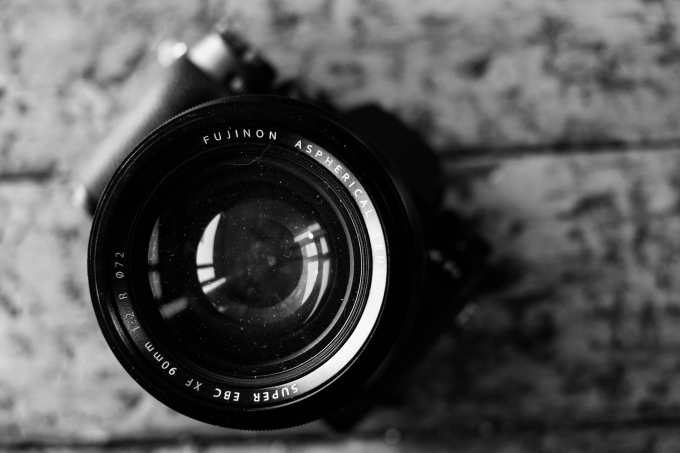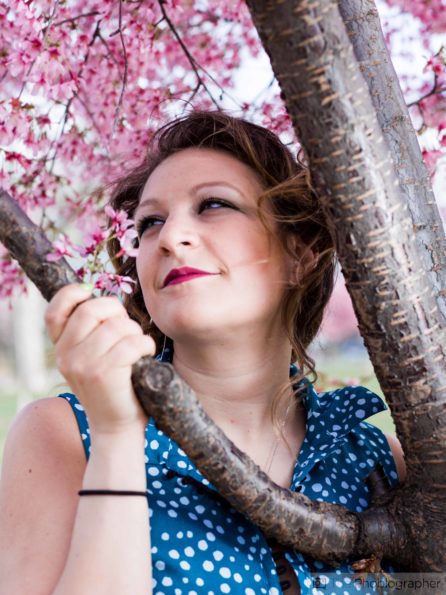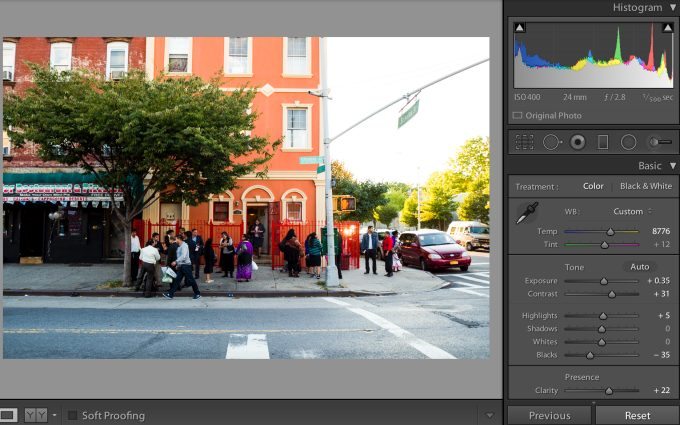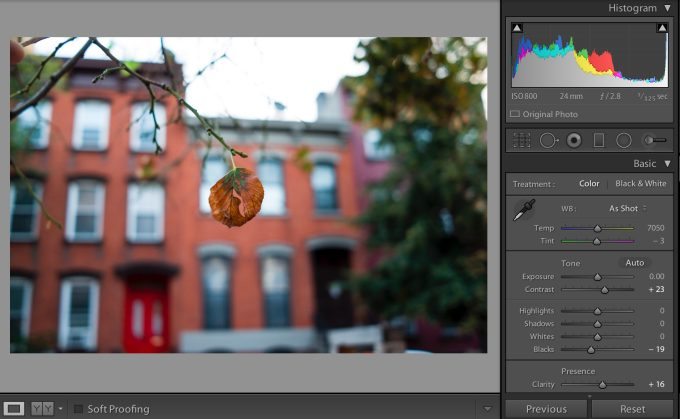Before we begin this article, we want to explain that any photographer should always prioritize being artistic and having a creative vision above any technical aspect. But the two can work together very well if you have the right ideas. Photographers wanting to become more serious about their photos and photo editing should realize that one of the biggest ways to do this is to learn to read histograms. While you focus on making sure that you get as much as you can in the camera, what you get out of the camera will surely determine your post-production process.
For the beginner, here is our Guide to the Histogram.
Who Really Needs to Read Histograms?

Every professional photographer at every workshop will tell you to not look at or worry about what the back LCD screen of your camera shows you as the preview of your image. Instead, they tell you to read the histograms. These histograms display lots of information about the image that you just shot, but histograms are really only useful to certain types of photographers.
There are loads and loads of photographers out there that only shoot JPEG and don’t care about very much else out there. Once they’ve got the image, that’s the end. They can choose to apply a filter of some sort via Instagram, Snapseed, VSCO or anything else. For the most post, many mobile photographers are JPEG shooters as are most enthusiasts and hobbyists who don’t want to spend time in post-production software.
And that’s totally cool. Those people can close this article up and move on with their merry lives.
The photographers that need to worry about histograms are RAW shooters. RAW images obviously allow you to have much more versatility in post-production because they are uncompressed and un-edited versions of the image. Think of them as your digital negative. RAW shooters should pay very close attention to their histograms but at the same time also consider the overall versatility of their camera’s image sensor and what it is capable of doing.
What is a Histogram?
Histograms are charts that are designed to convey the information that an image currently has. They are created as the file is created from the camera and shift themselves accordingly as your image is edited. Photographers spending time in Lightroom or Photoshop changing the exposure level or color levels will see the Histogram shift in one direction or another.
Almost every camera system has an option for you to display the histogram as you review your images. They also come with different ways to display the information as histograms can often hold lots of data about your image.
How Do You Read a Histogram?
To read a histogram, you’ll need to look at them closely. Here are the basics:
– Histograms can be calibrated to show only highlights, shadows, and mid tones. In some histograms, these will be displayed as white, black, and gray accordingly. Some histograms will only show the exposure data, which will just be one giant color.
– Histograms don’t only show overall exposure information, but they also show color information in the same exposure levels that normal histograms display them.

– Reading a histogram from left to right, you should know that the image’s shadow information is held in the left while the highlight information is in the right. The mid tones are in the middle. This goes accordingly with the color information.
– If your image is very dark and you shift the exposure to be brighter, you will see the information in the histogram shift itself accordingly to what you did in the editing process.
When is it Useful to Look at One?
Histograms are most useful for photographers looking to do High Dynamic Range work, high contrast work, and when using artificial lighting. Many professional photographers will tell you to get your exposure to an area where the mid tones are very dominant. That is very true to ensure the most RAW file versatility, but modern cameras (from 2012 and on) are very capable of creating images that contain lots of information in the highlights, shadows and mid tones. For what it’s worth though, many modern cameras still record more information in the shadows than the highlights–with the exception being Fujifilm X-Trans sensors, Sony’s latest sensor offerings, and Nikon’s sensors, which tend to do an overall great job in both areas.
If you’re looking to mostly work with colors, then you should look closely at the scene’s colors. If you’re shooting a scene with lots of blues and oranges, look at the histogram values for those colors to see how hard you can push them while editing. Many camera manufacturers these days create cameras with sensors that have solid color rendition–with Fujifilm, Canon and Samsung being amongst our favorites.
How Can Histograms Help Me Create Better Images?
Histograms are mostly designed for folks working in the post-production phase. If you absolutely truly feel that you don’t need to change your image any bit except for some minor contrast adjustments, saturation, etc, then you can do that for the most part without major need of the histogram. Histograms are for intensive editing and can help determine how an image is displayed across monitors and even in prints. If you’re doing very intensive editing involving color shifts, exposure shifts, lots of highlight recovery or shadow pushing, then you should pay attention to histograms.
But in order to make the most of reading and using a Histogram to begin with, we recommend making the most of metering knowledge. To get the most precise metering, we recommend using the spot metering mode or metering to closely to what your creative vision dictates.
So how can they help you? Histograms can help:
– Concert photographers who shoot in dark locations with bright lights on their subjects to determine how much detail they’ll be able to pull or push in the post-production stage.
– Landscape photographers wanting to get an image with more details all around
– Wedding photographers who took a photo but their flash didn’t recycle fast enough to capture a moment. They can then push the file accordingly to get the scene back and use their creativity to deliver an image to please their clients.
– Photojournalists going through the same thing as a wedding photographer but who didn’t have time to adjust the exposure.
– Portrait photographers backlighting a subject with the sun and exposing for the shadows on the subject’s face.
These are just a few different ways that a photographer can use the histogram. We encourage you to go out and use them when shooting in the future.




